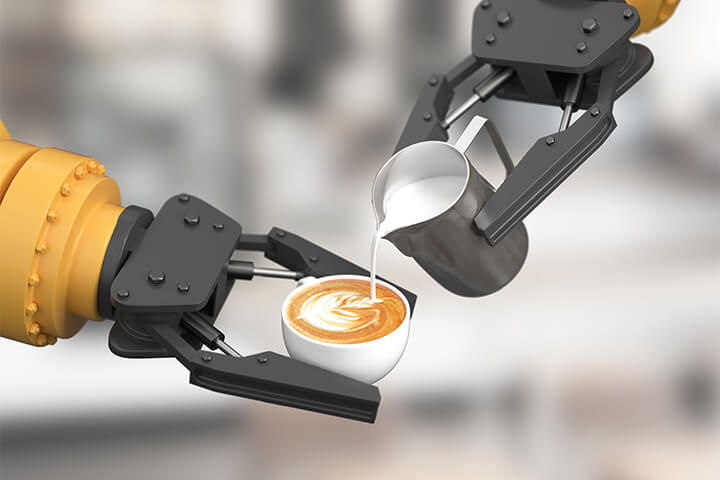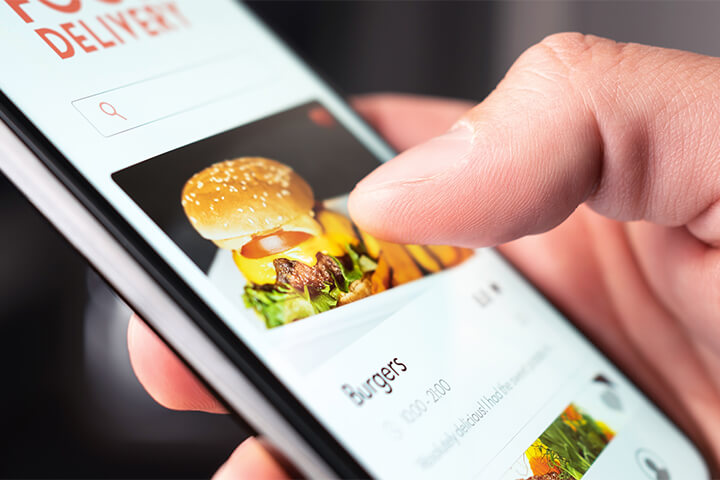Inventory management is a critical component of any restaurant’s success. By effectively managing inventory, restaurants can reduce waste, improve efficiency, and boost profits. In this series of articles, we will explore key aspects of inventory management in restaurants, starting with forecasting demand.
What Is Forecasting Demand?

The first step in effective inventory management for foodservice establishments is to forecast demand. This involves predicting how much food will be needed to meet customer demand as well as the supplies you will need to keep your establishment running. There are many potential factors affecting demand at any given moment, including the time of year, the day of the week, and special events. By accurately forecasting demand, you can avoid profit loss from overstocking or understocking.
There are several different methods for forecasting demand. Some common methods include using historical sales data to predict future demand, examining seasonal trends, and taking special events into account. Managing the endless stream of complex and somewhat unique challenges brought about in the last several years, however, necessitates a more comprehensive approach to forecasting demand.
How to Forecast Demand in 2023

Restaurants need to accurately predict how much food and supplies they will need based on factors such as seasonality, menu changes, and upcoming events. This can be difficult, especially for newer or seasonal restaurants that don’t have a lot of historical data to draw from.
Here is a list of factors that are helpful to consider when forecasting demand in 2023.
Consumer Preferences Are Changing
Consumer preferences are also changing, which directly impacts the restaurant industry. For example, more consumers are eating healthier food or seeking plant-based ingredients when they dine out. Additionally, more consumers are ordering food online or through delivery apps, which is changing the way restaurants operate as well as the supplies they need to serve their guests.
Inflation Continues to Raise Food Cost
It’s no secret that food costs are soaring. Inflation is a major concern for businesses across all industries as well as for consumers who are changing their buying habits to avoid high prices. Rising food costs and other expenses such as rising utility and rent costs, are making it difficult for restaurants to maintain their profit margins. This is leading to higher menu prices, which could impact demand.
Interest Rates Are Rising
Rising interest rates are also having an impact on the restaurant industry. Higher interest rates make it more expensive for businesses to borrow money, which could lead to reduced investment in new restaurants or reduced expansion of existing restaurants. For existing restaurants however, this could also impact demand positively, as fewer new restaurants means less competition.
Restaurants that are able to adapt to these changes will be well positioned for success.
Additional Factors for Future Casting Your Restaurant’s Needs

The following variables will continue to play an important part in shaping our industry, potentially culminating in significant changes in 5–10 years. While they don’t demand your immediate attention, these are good factors to consider when future casting:
- The rise of new technologies: New technologies, such as artificial intelligence and robotics, will have a major impact on the restaurant industry in the future. For example, these technologies could be used to automate tasks and may affect the number of staff required to run your establishment well.
- The long-term impact of COVID-19: The COVID-19 pandemic has had a significant impact on the restaurant industry, and it is still too early to say what the long-term effects will be. However, it is possible that the pandemic could lead to a permanent shift in consumer behavior, such as an increased preference for delivery or takeout.
- The growth of the e-commerce market: The e-commerce market is growing rapidly, and this could have an impact on the restaurant industry. For example, more consumers may choose to order food online instead of going to a restaurant.
It is important for restaurants to stay up-to-date on these trends and factors so that they can make informed decisions about how to forecast demand and plan for the future.
The Key to Success

While there is no surefire way to predict the future, here are helpful methods to get you as close as possible.
Make More Accurate Predictions With Data-Driven Forecasting
Restaurants should use data from their POS systems, customer loyalty programs, and other sources to create accurate forecasts. This data helps restaurants to track trends, identify patterns, and make better decisions about staffing, inventory, and pricing.
Maintaining data integrity by assuring your data is accurate and up to date will also help you to create more accurate forecasts. Also, it helps to take a lateral approach to forecasting. Consider using sources such as customer surveys or social media data.
Go With the Flow
The restaurant industry is constantly changing, so it is important for restaurants to be flexible in their forecasting. This means being prepared to adjust forecasts based on new information or changes in the market. Considering all possible outcomes and thinking about how those scenarios could impact your business will help you to be prepared for anything.
Invest in Technology or Partner With a Consultant
There are a number of technology solutions that can help restaurants with forecasting such as ForecastPro or Tenzo. These software options can help restaurants to collect data, analyze trends, and create forecasts.
Restaurants can also partner with consultants or software providers for guidance and insights. If you aren’t an expert in forecasting inventory demands, there are people who can help clarify your vision and improve forecasting accuracy for your establishment.
By following these tips, restaurants can improve their forecasting process and be better prepared for the challenges of 2023 and beyond.
Stay Ahead of the Curve

By accurately forecasting demand and future casting, restaurants can avoid profit loss from overstocking or understocking. Stay tuned for our next inventory management article, when we look at theft and shrinkage in foodservice establishments.



